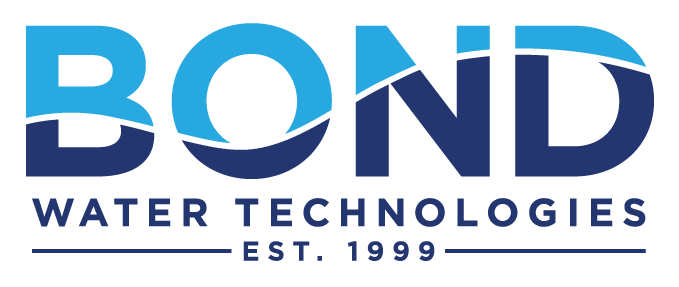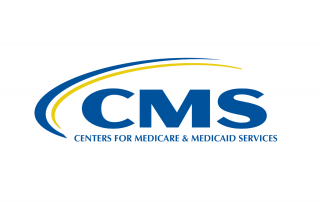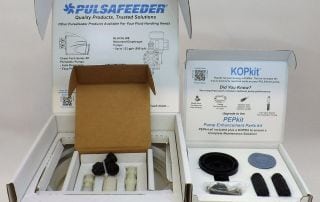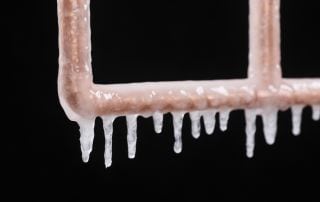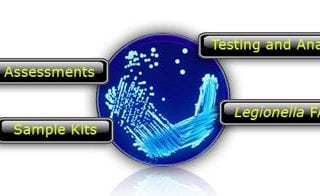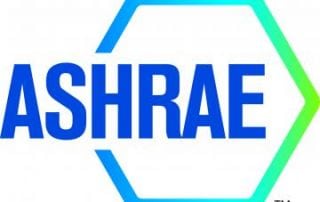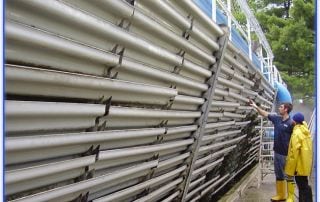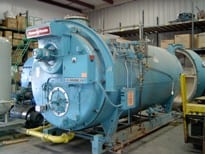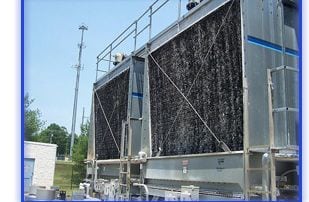CMS Requirement To Reduce Legionella Risk
Jim Clarke2024-03-22T16:47:26+00:00DEPARTMENT OF HEALTH & HUMAN SERVICES Announces Expectations for Healthcare Facilities and Surveyors DATE: June 02, 2017 TO: State Survey Agency Directors FROM: Director Survey and Certification Group. Center for Clinical Standards and Quality/Survey & Certification Group Ref SUBJECT: Requirement to Reduce Legionella Risk in Healthcare Facility Water Systems to Prevent Cases and Outbreaks of Legionnaires’ Disease (LD) Memorandum Summary • Legionella Infections: The bacterium Legionella can cause a serious type of pneumonia called LD in persons at risk. Those at risk include persons who are at least 50 years old, smokers, or those with underlying medical conditions such as chronic lung disease or immunosuppression. Outbreaks have been linked to poorly maintained water systems in buildings with large or complex water systems including hospitals and long-term care facilities. Transmission can occur via aerosols from devices such as showerheads, cooling towers, hot tubs, and decorative fountains. • Facility Requirements to Prevent Legionella Infections: Facilities must develop and adhere to policies and procedures that inhibit microbial growth in building water systems that reduce the risk of growth and spread of legionella and other opportunistic pathogens in water.
